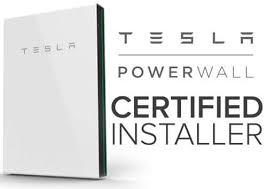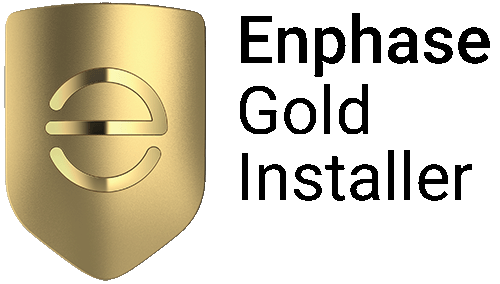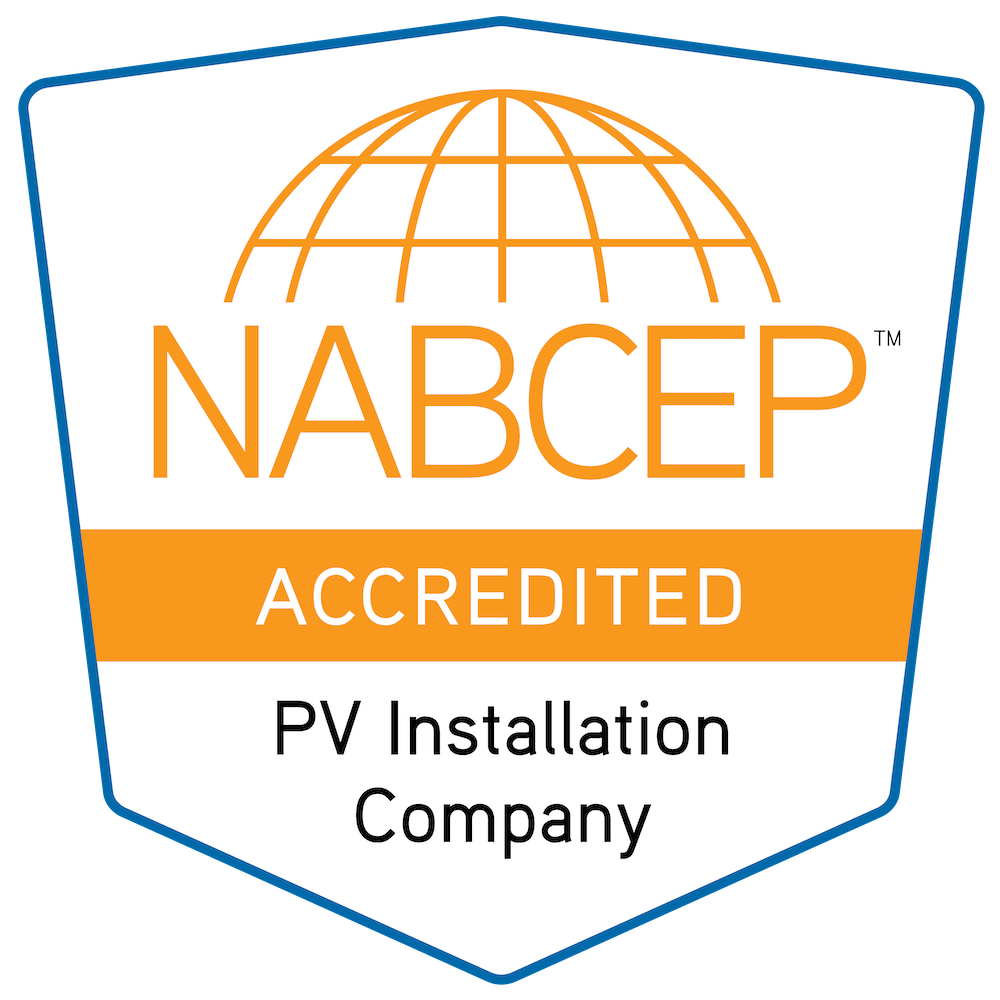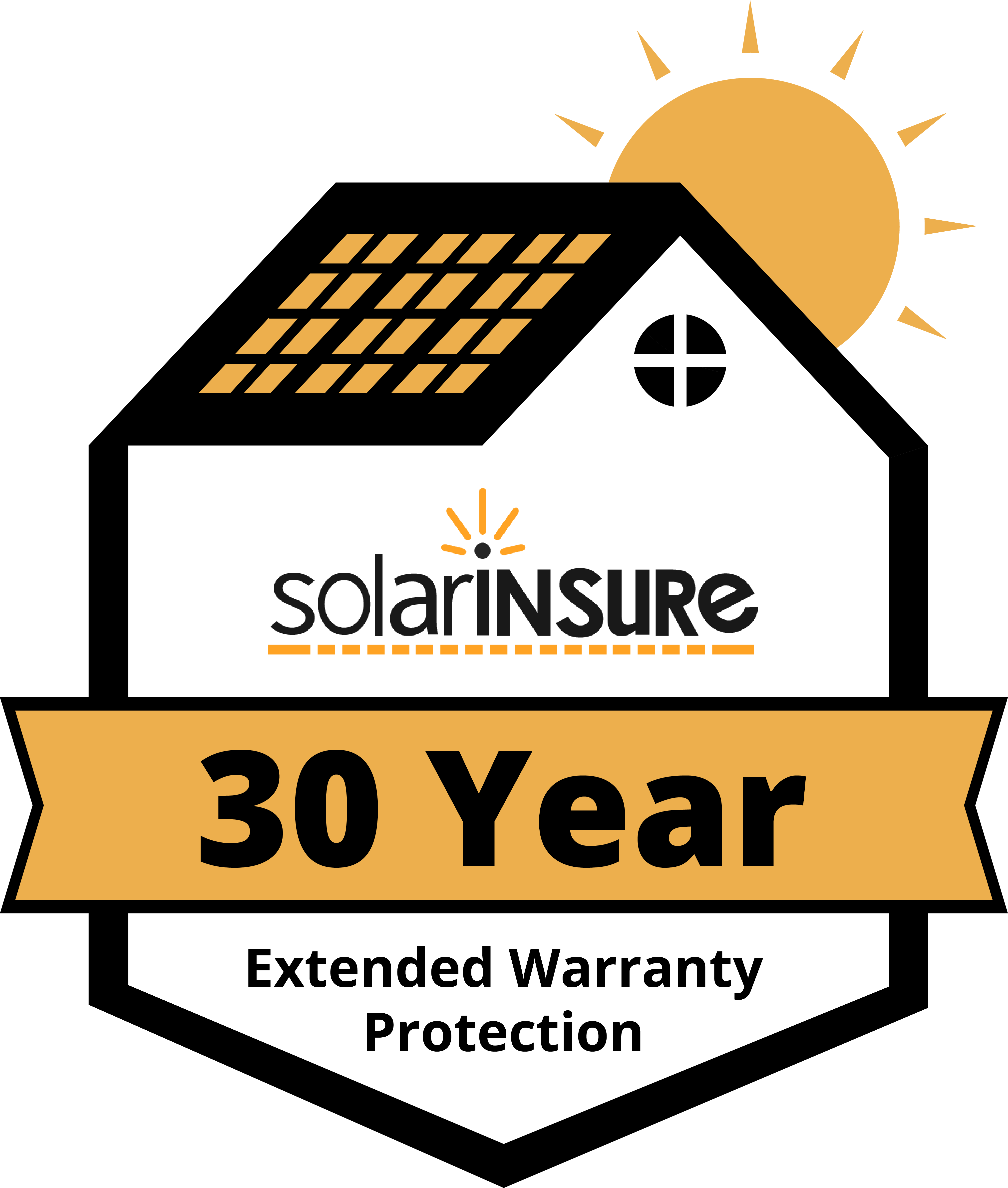
The Investment Tax Credit, or ITC, is a 30% tax credit for residential clean energy improvements. The Energy Policy Act of 2005 states that a taxpayer may claim a credit or 30% of qualified expenditures for a system that serves as a dwelling unit located in the U.S. That is owned and used as a residence by the taxpayer. This is a credit to taxes owed, not a deduction to earnings. This is a dollar-for-dollar reduction in the federal income taxes a homeowner would otherwise pay to the IRS. The amount of the tax credit which can be utilized depends on the homeowner’s total tax liability. In the event that the amount of the tax credit exceeds liability for that year, the customer is able to carry-over the
credit to subsequent years. The tax credit is available on qualified installs before 2021.Line 63 of tax form 1040 will tell you what your total tax is, assuming you haven’t had a significant change in circumstance (new job, loss of a job, sale of a home). If you’re paying the amount of the tax credit in taxes, you can expect to receive that amount back in the form of an IRS refund. If you have questions, it’s always best to consult with your CPA, since everyone’s tax situation is different. If a person owes zero federal taxes on an annual basis, this tax credit will NOT be paid as a grant from the IRS.
What does “carry-over mean?”
In the event that your tax credit exceeds your tax liability, the credit will carry over to subsequent years, meaning you will get the remainder of the tax credit back in the form of a refund check for the next year(s). In most cases, homeowners are able to take advantage of the full tax credit the first year, but not always. Even if you can’t claim the full credit the first year, the economics are still strongly in your favor, considering the long-term savings solar will provide.
Examples:
Value of solar property: $40,000
IRS 30% tax credit: $12,000
- Scenario 1: Tax credit is equal to tax liability
- If the homeowner paid $1,000 per month in payroll taxes, and this is the tax liability, then the homeowner can expect a tax refund of $12,000.
- Scenario 2: Tax credit is less than tax liability
- If total tax liability is $18,000
- IRS tax credit $12,000
- Tax liability after solar $6,000
- Tax refund. $8,400
- Scenario 3: Tax credit is MORE than liability
- Total tax liability before solar: $5,000
- IRS tax credit: $12,000
- Tax liability: $0
- Carry-forward credit: $7,000
In this scenario, the taxpayer only owes $5,000 in taxes, but the tax credit exceeds the amount owed by $7,000. This credit can be claimed the following year, and will come back in the form of a refund, assuming that the taxpayer’s financial situation does not change. If the tax credit is more than your tax liability, it’s important to know this when arranging your financing. Typically, we finance the amount of the tax credit with a same-as-cash loan for either 12 or 18 months. This allows you to make no payments, while awaiting your tax refund. But if the loan amount exceeds the amount of the tax refund, you could find yourself in a bind, so it’s crucial that you know your tax liability before the financing is arranged.














